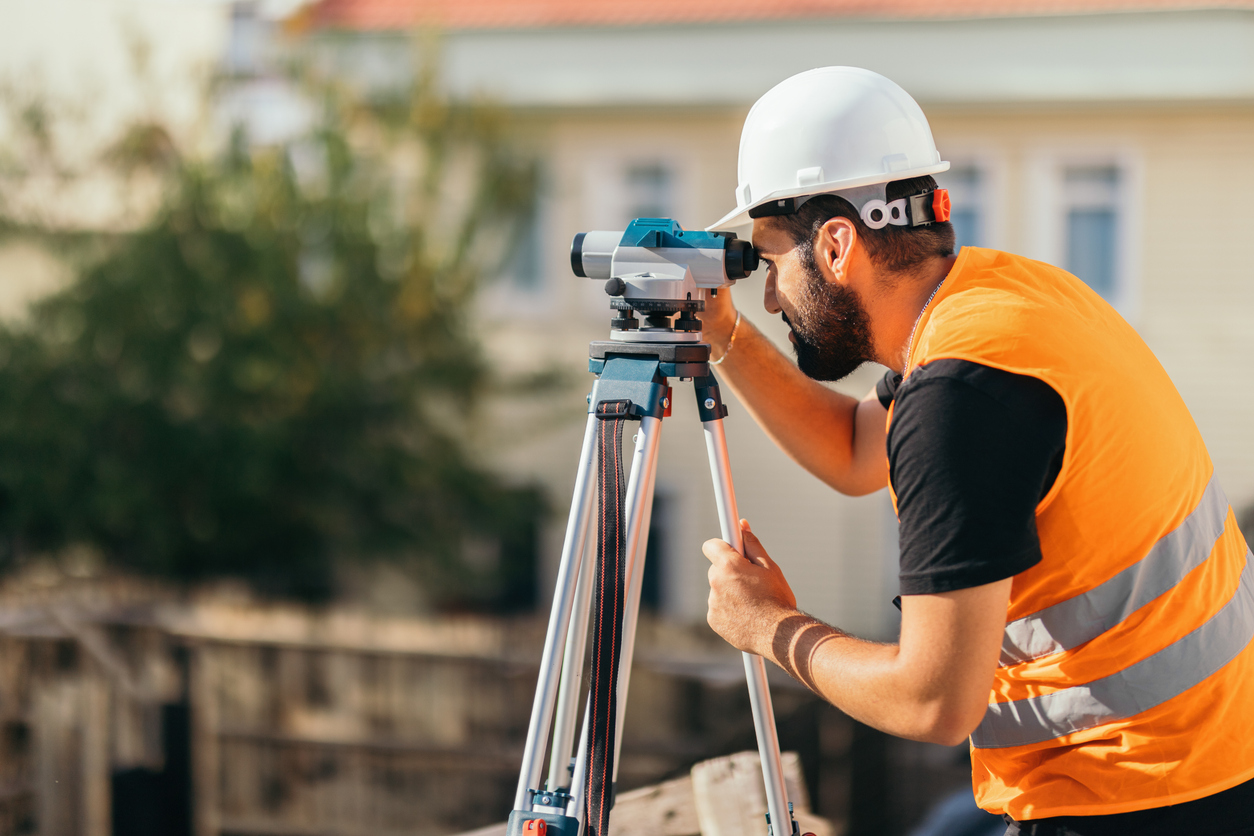
In Alberta real estate, the Real Property Report (“RPR”) is often treated as just another closing document, but it is far more significant than many parties realize. From our experience advising clients across Alberta, a current and compliant RPR is often the difference between a smooth closing and a last-minute crisis. Whether you are a buyer or a seller, understanding the role of the RPR is essential to protecting your interests and ensuring the deal proceeds as intended.

What Is a Real Property Report (RPR)?
An RPR is a legal document prepared by an Alberta Land Surveyor. It outlines the boundaries of a property and shows the location of all visible improvements (such as the house, garage, fences, decks, and sheds) in relation to property lines. Importantly, it also includes any known encroachments and is often accompanied by a certificate of municipal compliance confirming whether those improvements meet local zoning regulations.

Why Should Buyers Care About the RPR
For buyers, an RPR offers essential legal and practical assurances. It serves to:
- Confirm Legal Compliance: An RPR with a valid municipal compliance certificate confirms that permanent structures such as the home, garage, deck, eaves, air conditioning units, and fences comply with current zoning bylaws and municipal regulations.
- Identify Encroachments and Risks: It shows whether any part of the property, including sheds, fences, or eaves, encroaches onto municipal land or neighbouring lots, helping buyers assess potential liabilities before closing.
- Provide Boundary Clarity: The RPR ensures that all visible improvements on the property are properly located within legal boundaries and match what was agreed upon in the purchase contract.
Under Alberta’s standard Residential Purchase Contract, the seller is obligated to provide an RPR reflecting the current state of the property, along with evidence of municipal compliance. The buyer is entitled to review the RPR prior to closing. If it is not available, the buyer may delay payment or possession until they have had a reasonable opportunity to review the document.
Why Sellers Need to Get the RPR Right-Before listing?
Sellers are often unaware of how important the RPR is to the success of their transaction. From a legal standpoint, failing to provide an updated and accurate RPR can create unnecessary complications, delay closing, and even expose the seller to financial holdbacks. Here is why sellers should act early:
- Avoid Payment Delays: If the RPR is outdated or does not reflect recent improvements (such as new decks, garages, or sheds), the buyer’s lawyer may withhold funds until a compliant RPR is received.
- Resolve Issues Proactively: Obtaining an RPR early allows time to address any compliance issues—such as encroachments or setback violations—before the closing date.
- Remove Barriers to Closing: By delivering a proper RPR in advance, the seller eliminates a common reason for delay or buyer hesitation to enter into a contract. This reduces the risk of last-minute negotiations or failed closings.
In short, listing a property without an up-to-date RPR that reflects the current state of improvements is a risk that should be avoided.
sponsibilities.

What if the RPR Is Not Ready on Closing?
If a seller has not updated their RPR, or if recent improvements are not shown, there are still options, though they may impact closing timelines. The Law Society of Alberta and Canadian Bar Association have provided guidance, which includes:
- Accepting a previously prepared RPR along with a statutory declaration, if no physical changes have occurred since the date of the original survey.
- Negotiating a reasonable holdback to permit closing while addressing municipal compliance or minor improvements post-closing.
In transactions where the RPR is not available on the closing date, and the buyer is otherwise ready, willing, and able to close, the buyer may elect to take possession of the property on a tenancy-at-will basis. In this case, the buyer is only obligated to pay interest on the mortgage amount at their contract mortgage rate until the RPR with compliance is provided.
This option, set out in Section 10 of the standard purchase contract, can delay full payment of the purchase price. The buyer is not required to pay the remaining cash to close until an RPR and municipal compliance certificate have been provided.
For a seller relying on those sale proceeds to complete a subsequent purchase, this kind of delay can have devastating consequences, potentially putting the seller in breach of their own purchase contract. This is why obtaining an up-to-date RPR well in advance is not only best practice — it’s risk management.

An RPR is a legal safeguard. It ensures both the buyer and seller are transacting based on verified, accurate information, reducing the likelihood of disputes or delays.
For buyers, the RPR provides assurance that the property’s boundaries and improvements comply with municipal regulations and match what was agreed upon in the contract. It also helps identify potential issues like encroachments or non-compliant additions that could impact the buyer’s use of the property or complicate future resale.
For sellers, having an up-to-date RPR in place is one of the simplest ways to ensure full payment is received on time, avoid last-minute legal issues, and keep the transaction on track with confidence.
In Alberta, where boundary and compliance issues at closing are common, the RPR remains one of the most essential, yet often misunderstood, documents in real estate law. Ensuring it is accurate and up-to-date is an effective way to support a smooth, timely, and successful closing.
If you have questions about Real Property Reports or need legal guidance for your real estate transaction, contact our team today to ensure your deal closes smoothly and with confidence.
Email realestate@badyallegal.com, or call (403) 457-0722
